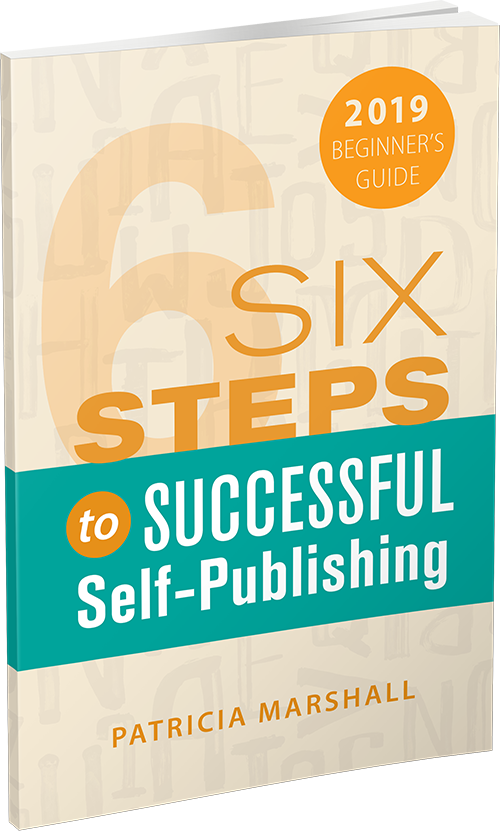Published: November 13, 2020
The world of publishing has changed dramatically in the last few decades. Print-on-demand printing and distribution, along with the proliferation of e-books, have allowed more authors than ever to make their writing widely available.
The world of opportunities can lead to a world of mistakes
I see and hear from a lot of authors whose missteps have led to unfortunate and sometimes agonizing surprises:
- poorly printed books
- underperforming sales
- rejection by bookstores and online retailers
- wasted time
- unsatisfactory royalties
- public criticism
the list could go on and on.
I feel sorry for these authors, but I know that most of these failures could have been avoided. Because, unlike successful authors, who are willing to learn—or get help with—what they don’t know or can’t do, these authors assumed that publishing would be quick or easy and took shortcuts that doomed their books from the start.
The good news is that you don’t have to make the same mistakes.
Here are the five myths about self-publishing that most people still believe
Self-publishing is quick and easy
Though self-publishing is faster than traditional publishing, it is not an overnight process, and you should be wary of anyone who tells you it is. It takes time to edit and review a manuscript. And once that’s done, you can’t just drop your words into a design program (for print) or throw some code in (for an e-book) and expect good results.
The same is true for the cover: Designs created quickly from templates often are obvious for their “self-published” look. You want to take time to make sure all the elements of your cover—front cover design, spine, and back cover text—are perfect. Readers WILL judge your book by its cover, so don’t rush it.
You may have spent years writing your book; why take a huge risk to save just a few bucks? Take the time to make sure it looks right when it’s published.
Are you judging?
Self-published authors must to everything on their own
You do not need to tackle publishing alone. There’s a ton of good advice (we encourage you to check the Alliance of Independent Authors) as well as reputable service companies. You should definitely consider seeking help for the parts of production that are not in your wheelhouse, whether that’s editing, cover design, or layout. But even if you engage someone to do all the work, you will still have decisions to make. Book specs, retail pricing, and the look and feel of your book are places where you can and should weigh in.
Don’t shy away from making decisions; instead, try to embrace it! You’ll learn a lot about book publishing during the process, and the knowledge will aid you in future endeavors.

Do you want a complete overview of the publishing process?
Download a free copy of Six Steps to Successful Self-Publishing: The Beginner’s Guide.
Marketing happens later, once the book is published
If you are self-publishing and want to sell your book, you are going to need to do work to market it. It’s comforting to focus your energy and imagination on a book release party, but you should be building your author platform long before your book is published. (An author platform is any method by which you are going to sell your book.) You can start gathering contacts for a mailing list, both electronic and print; set up an author page; and take some time to familiarize yourself with basic book marketing strategies. There are online classes, hundreds of forums, and plenty of advice to be had once you dig in to this topic. Start sifting through it and be ready to go once your book is available for sale.
Royalties are a huge consideration for a self-publishing author
Believe me, your royalties don’t matter as much as you think they do. Very few authors will get rich on royalties alone, especially with just one book. Your job while you are publishing is to create the best book you can. Concentrate on building a platform and other ways to maximize your income. Your royalties will depend on a lot of factors: the retail and print cost of the book, the sales discount, the distribution channel, whether you sell a print or electronic version. Price your book according to print costs and what the market can bear.

My book, my money
Not quite. Anyone who sells your book is going to take a cut of the retail price. That’s right. Whether it’s Amazon or a bookstore, a certain amount of the retail price goes to them in the form of a sales discount. This is not unusual, nor something to get upset about. For retailers, your book is a product, and any retailer who is willing to sell it deserves to make a standard profit. Anyone who sells your book—even giant retailers like Amazon—has sales costs in the form of building and maintaining a website, handling orders, and shipping product, etc. These are all things that the author does not have to consider if they sell their book through a third party.
Take the time to educate yourself about book publishing and put your energy where it will be of the most use. There are more resources than ever to help authors produce a professional book that can do well on the market.
Don’t rush and don’t be ashamed to ask for help or to hire a professional. Your book is worth it.
If you want to know more and get a comprehensive view of what you need to do to next, download our free e-book Six Steps to Successful Self-publishing, or take a look at our how-to with a step-by-step checklist.
But if you are ready to consider some professional help, you can book a free consultation call with us or explore our fully guided packages.

